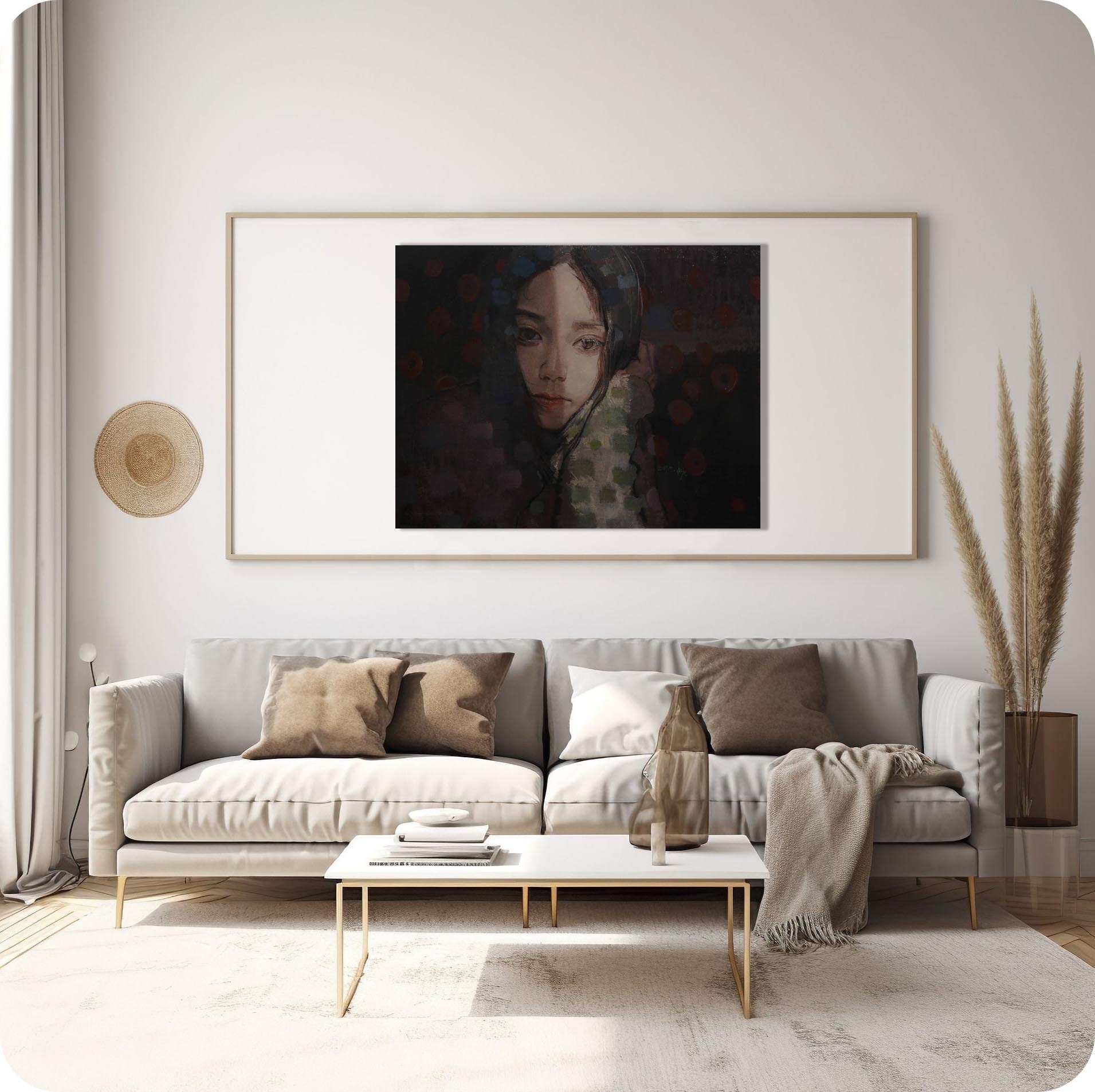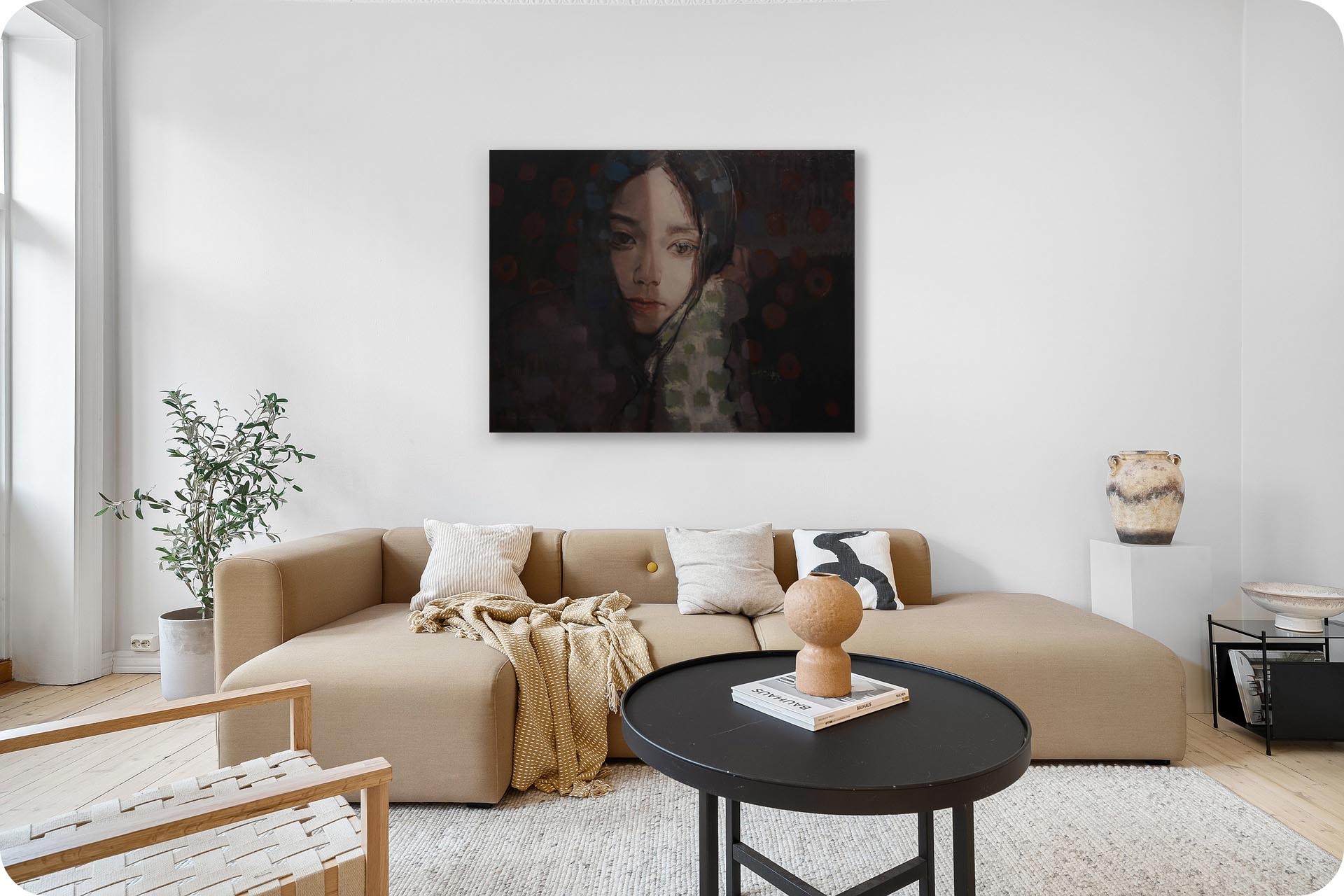This painting was created in 2018. With the end of the sketching class this year, my sketching journey stopped at a few simple drawings for Miss Hui. Of course, my oil painting skills have also improved a lot in the past year or so, and I have carefully explored my own way of speaking.
Overall Size: /
Size without the frame: /
Country: China
Date: 2018
Materials: Oil paint on linen
Condition: not sure
Creative themes and style | My works revolve around the creative concept of "The land of humanity, People on the land". The people in the painting are people in nature, and the lines, shapes, and colors are close to nature. The nature in the painting is nature in the eyes of humans, existing in interaction with humans.I don’t pursue a series of works with a fixed and continuous style. I hope that the style of the pictures will synchronize with the changes in my life and always remain oscillating. The performance of the work must be in sync with the development of one's own life in order to be Sincere and powerful. Ideas are later.
An Interview with Artist Philo by Artphiloso Gallery
If you would like to collect this artwork or know more about the artist, please contact us.


A1: The highlight lies in the dramatic contrast of light and shadow across the young woman’s face. The left side fades into darkness while the right side is illuminated, creating strong dimensionality and a sense of narrative tension, as if capturing a pivotal moment in life.
A2: Dominated by dark tones—deep browns and inky blacks—the composition radiates stillness. Yet the addition of red and blue circular accents injects vibrancy into the space. This warm–cool interplay breaks the monotony and guides the viewer’s gaze across the shifting fields of light and shadow.
A3: The clothing and parts of the background are painted with looser, block-like strokes, which contrast with the finely detailed rendering of the face. This combination of abstraction and realism makes the figure appear both tangible and dreamlike, enhancing the work’s artistic expression.
A4: As a portrait oil painting, its atmosphere and striking light–shadow contrast make it ideal for luxury residences, art hotel lobbies, or therapeutic spaces. Carrying a quiet sense of solitude and contemplation, the piece delivers emotional depth beyond mere decoration.
A5: The work combines realist portrait technique with contemporary expression, using light and shadow to convey strong emotional tension. It stands as both an independent aesthetic object and as a fitting part of a contemporary female portrait collection. For collectors, such a piece demonstrates refined taste while maintaining long-term exhibition and secondary market potential.
